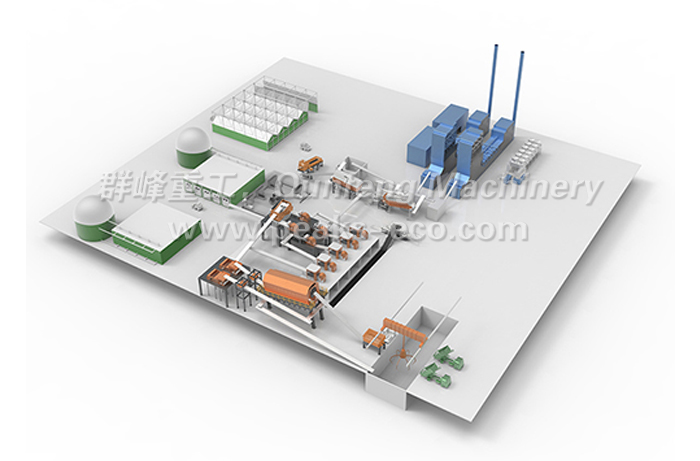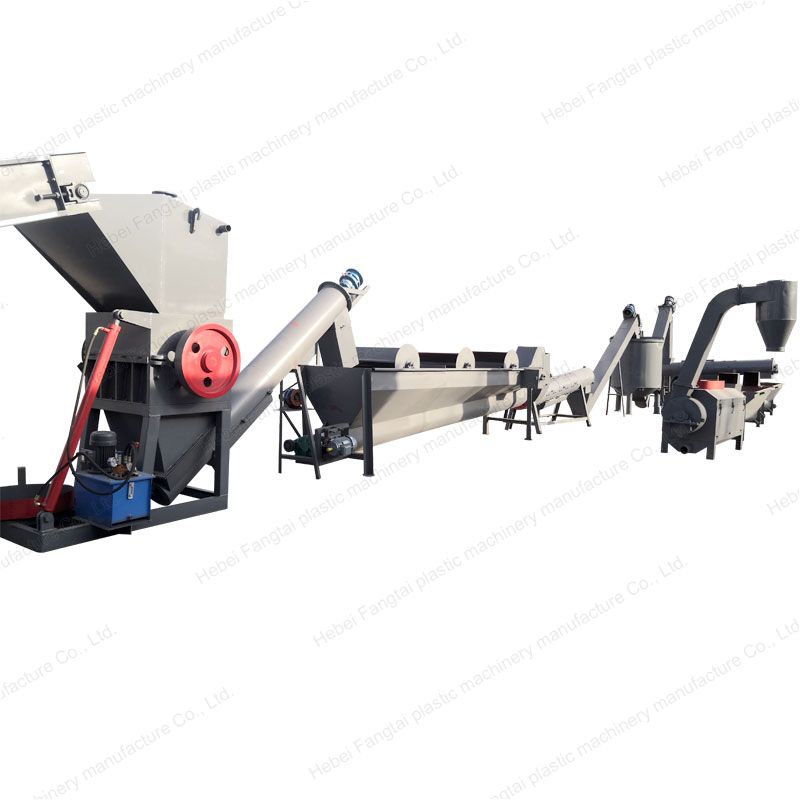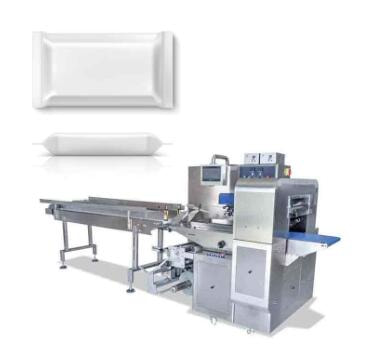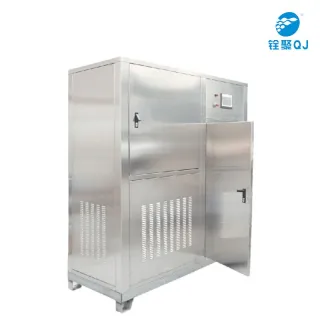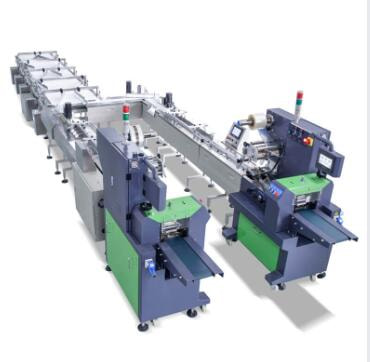With the rapid development of information and communication technology, SMT assembly has become an important part of our lives. The core work is to assemble components on circuit boards by soldering them with tiny amounts of molten solder paste and manually inserting passive components such as resistors, capacitors, and diodes. Let’s take a closer look at what SMT assembly technology is about.
What is SMT Assembly Technology?
SMT assembly technology is the process of mounting electronic components to a printed circuit board (PCB) by soldering. In this process, tiny amounts of molten solder paste are used to attach the component leads to pads on the PCB surface. SMT assembly typically involves using automated equipment that positions and mounts the components onto the PCB.
What are the Advantages of SMT Assembly?
SMT brings a raft of advantages to the PCB assembly process. They include the following, among others:
The Ability to Automate
This is perhaps the major benefit of SMT assembly and has driven its wide adoption. Automated equipment can mount components quickly and accurately, resulting in high throughput and reduced manufacturing costs. While overhead rates may be higher, PCB manufacturing companies can minimize costs by building products faster.
Note that the automation ability minimizes labor rates, which effortlessly bridges the gap between the China and US costing.
The Ability to Use Smaller Components
SMT offers the ability to use smaller components lighter and more compact than their through-hole counterparts. This has allowed engineers to maximize space on PCBs, reducing product size without compromising functions or performance. In addition, manufacturers can reduce the weight of products, making them more portable.
The Ability to Use Higher-Powered Components
Higher-powered components can also be used in SMT assembly instead of through-hole technology, where the component leads are inserted into holes drilled in the PCB solder joints. This allows for a higher packing density and eliminates the need for lead forming, which can be difficult and time-consuming.
High Component Density
SMT assembly technology allows for the placement of a large number of components on a small PCB surface. This is because SMT components are typically much smaller than their through-hole counterparts. The high component density afforded by SMT PCB assembly can be particularly advantageous in applications where board space is limited, such as handheld devices.
Smaller Footprint
SMT assembly results in smaller PCBs due to the elimination of through-hole components. This makes it ideal for applications where board space is at a premium.
Reduced Weight
The use of smaller and lighter components in SMT PCB assembly leads to printer circuit board products that are typically much lighter than those assembled using through-hole technology. This can be especially advantageous in applications where weight is critical, such as portable devices or aerospace and defense systems.
The Benefits It Brings To the PCB Assembly Process
Its Eases Assembly
Since the component leads are surface mounted to the pads, there is no need for lead forming. This makes SMT assembly much simpler and faster than through-hole technology, where the component leads must be bent into shape and inserted into holes drilled in the PCB solder joints.
Its Reliability
Surface mount components are typically more reliable than their through-hole counterparts because they are less prone to vibration and shock. In addition, the use of solder paste instead of molten solder greatly reduces the chance of component failure due to cold-solder joints.
The Ability to Use Fine Pitch Components
SMT assembly allows using excellent pitch components, which is not possible with through-hole technology. This can be a major advantage in applications where space is limited and component density is high.
Its Versatility
SMT assembly technology is highly versatile and can be used for various applications, including consumer electronics, telecommunications, medical devices, and industrial control systems.
The Ability to Use Mixed Technology PCBs
With SMT assembly technology, PCBs that combine both through-hole and surface-mounted components are also possible. This is useful in applications where space constraints necessitate using both types of connectors, for example, when building an audio mixer board that includes both stationary controls (through-holes) and sliding faders or potentiometers (SMD).
Uses of SMT Assembly Technology
Some of the uses of SMT assembly technology include:
Company of First in World Products
Geospace Technologies has set the standard for engineering and manufacturing incredibly robust, hardened geophysical seismic data acquisition systems that perform in the world’s most austere environments. Our SMT assembly technology has SMT lines with speeds of up to 100K components per hour, making us perfect for your next SMT assembly project. Contact us today!
In recent years, semiconductor packaging has evolved with an increased demand for greater functionality, smaller size, and added utility. A modern PCBA design has two main methods for mounting components onto a PCB: Through-Hole Mounting and Surface Mounting.
Through-Hole Mounting (THM):
Through-hole mounting is the process by which component leads are placed into drilled holes on a bare PCB. The process was standard practice until the rise of surface mount technology (SMT) in the 1980s, at which time it was expected to completely phase out through-hole. Yet, despite a severe drop in popularity over the years, through-hole technology has proven resilient in the age of SMT, offering a number of advantages and niche applications: namely, reliability.
Through-hole components are best used for high-reliability products that require stronger connections between layers. Whereas SMT components are secured only by solder on the surface of the board, through-hole component leads run through the board, allowing the components to withstand more environmental stress. This is why through-hole technology is commonly used in military and aerospace products that may experience extreme accelerations, collisions, or high temperatures. Through-hole technology is also useful in test and prototyping applications that sometimes require manual adjustments and replacements.
Additional resources:
Why Choose Fully Automatic Flour Mill Plant?
What is the Purpose of Brick Making Machine?
What is best industrial floor sweeper?
How Does a Blow Molding Machine Work ?
What is the principle of cold press oil machine?
Demystifying the Functionality of Metal Crushers
5 Tips to Choose the Best Glue Dispensing Machines
Overall, through-hole’s complete disappearance from PCB assembly is a wide misconception. Barring the above uses for through-hole technology, one should always keep in mind the factors of availability and cost. Not all components are available as SMD packages, and some through-hole components are less expensive.
However, that doesn’t negate that fact that, in a modern assembly facility, through-hole is considered a secondary operation.
Axial vs. Radial Lead Components
There are two types of through-hole components: axial and radial lead components. Axial leads run through a component in a straight line ("axially"), with each end of the lead wire exiting the component on either end. Both ends are then placed through two separate holes in the board, allowing the component to fit closer, flatter fit. Radial lead components, on the other hand, protrude from the board, as its leads are located on one side of the component.
Both through-hole component types are "twin" lead components, and both have their distinct advantages. While axial lead components are used for their snugness to the board, radial leads occupy less surface area, making them better for high density boards. Generally, axial lead configuration may come in the form of carbon resistors, electrolytic capacitors, fuses, and light-emitting diodes (LEDs). Radial lead components are available as ceramic disk capacitors.
Advantages: THM provides stronger mechanical bonds than SMT, making through-hole ideal for components that might undergo mechanical stress, such as connectors or transformers. Good for test and prototyping.
Disadvantages: On the bare PCB side, THM requires the drilling holes, which is expensive and time consuming. THM also limits the available routing area on any multilayer boards, because the drilled holes must pass through all the PCB’s layers. On the assembly side, component placement rates for THM are a fraction of surface mount placement rates, making THM prohibitively expensive. Further, THM requires the use of wave, selective, or hand-soldering techniques, which are much less reliable and repeatable than reflow ovens used for surface mount. Most of all, through-hole technology requires soldering on both sides of the board, as opposed to surface-mounts, which only (for the most part) require attention to one side of the board.
Surface Mount Technology (SMT):
SMT the process by which components are mounted directly onto the surface of the PCB. Known originally as “planar mounting,” the method was developed in the 1960s and has grown increasingly popular since the 1980s. Nowadays, virtually all electronic hardware is manufactured using SMT. It has become essential to PCB design and manufacturing, having improved the quality and performance of PCBs overall, and has reduced the costs of processing and handling greatly.
The key differences between SMT and through-hole mounting are (a) SMT does not require holes to be drilled through a PCB, (b) SMT components are much smaller, and (c) SMT components can be mounted on both side of the board. The ability to fit a high number of small components on a PCB has allowed for much denser, higher performing, and smaller PCBs.
Through-hole component leads, which run through the board and connect a board’s layers, have been replaced by "vias" -- small components which allow a conductive connection between the different layers of a PCB, and which essentially act as through-hole leads. Some surface mount components like BGAs are higher performing components with shorter leads and more interconnection pins that allow for higher speeds.
Nomenclature
There are perhaps too many terms that describe different aspects of surface mount technology. Here’s what they mean:
SMA (surface-mount assembly) – a build or module assembled using SMT.
SMC (surface-mount components) – components for SMT.
SMD (surface-mount devices) – active, passive, and electromechanical components.
SME (surface-mount equipment) – machines used for SMT.
SMP (surface mount packages) – SMD case forms.
SMT (surface-technology) – the act and method of assembling and mounting electronic technology.
Common of Surface Mount Devices (SMDs)
The taxonomy of surface mount devices (SMDs) is so expansive and ever-changing that covering it in full would be impossible. But here are several types that are very common and very important to know.
MELF (Metal Electrode Face Bonded): Consisting of two terminals bonded to a cylindrical body, these SMD components are less expensive than flat chips but require special handing during assembly. Furthermore, one of their biggest disadvantages is their tendency to roll off solder pads during assembly. Generally speaking, they come in the form of diodes, resistors, and capacitors.
SOT Transistors and Diodes: These are usually rectangular and easy to place, though they're a bit outdated. The most common SOTs are SOT 23, SOT 89, SOT 143, and SOT 223. Its most common packaging is tape & reel.
Integrated Circuits (ICs):
Small outline Integrated Circuit (SOIC) – These are good SMT alternatives to the duel in-line package (DIP), due to their dramatically reduced size. In general, they take up 30 – 50% less space and 70% less thickness than an average DIP.
Thin Small Outline Package (TSOP) – TSOPs are low profile packages with fine-pitch leads. TSOPs are typically meant to accommodate large silicon chips in high density packages (RAM or flash memory ICs), largely because of their low volume/high pin count.
Quad Flat Pack (QFN) – QFNs are high lead count packages (44 – 304). Its leads are typically gull wing. There are many kinds of QFNs, and they are one of the most common surface-mount ICs.
Plastic Leaded Chip Carrier (PLCC) - Connections are made on all four edges of a square package with a relatively high pin count. PLCCs can have roughly 18 – 100 leads (usually J-leads). Many of them can fit into IC sockets and can be easily replaced in the field. PLCCs have long been a popular option.
Lead-less Chip Carrier (LCC) – Not to be confused with PLCC, LCCs have no leads. Rather, LCCs are soldered directly onto PCBs by their (castellation) solder pads. These are usually designed for Mil Spec because, with no leads to damage, they're quite "rugged." LCCs are great for high temperature and aerospace applications.
Pin Grid Array (PGA) – PGAs are typically square or rectangular, with pins arranged underneath the package. They're design was highly influential on the now ubiquitous BGA.
Flip Chip – Flip chips are bare die packages, with small bottom-side solder bumps that act as leads. They are soldered directly onto the PCB.
Ball Grid Array (BGA) – BGAs are perhaps one of the best performing SMT packages in use today, due to their high densities. The BGA is a descendent of the PGA, yet instead of pins, it has solder balls that can be placed directly onto the PCB. Because of their high density, BGAs are typically used to house microprocessors.
Advantages: SMT allows for smaller PCB size, higher component density, and more real estate to work with. Because fewer drilling holes are required, SMT allows for lower cost and faster production time. During assembly, SMT components can be placed at rates of thousands—even tens of thousands—of placements per hour, versus less than a thousand for THM. Solder joint formation is much more reliable and repeatable using programmed reflow ovens versus through techniques. SMT has proven to be more stable and better performing in shake and vibration conditions.
Disadvantages: SMT can be unreliable when used as the sole attachment method for components subject to mechanical stress (i.e. external devices that are frequently attached or detached).
Overall, surface mounting will almost always prove more efficient and cost-effective than through-hole mounting. It is used in more than 90 percent of PCBAs today. However, special mechanical, electrical, and thermal considerations will continue to require THM, keeping it relevant well into the future.




